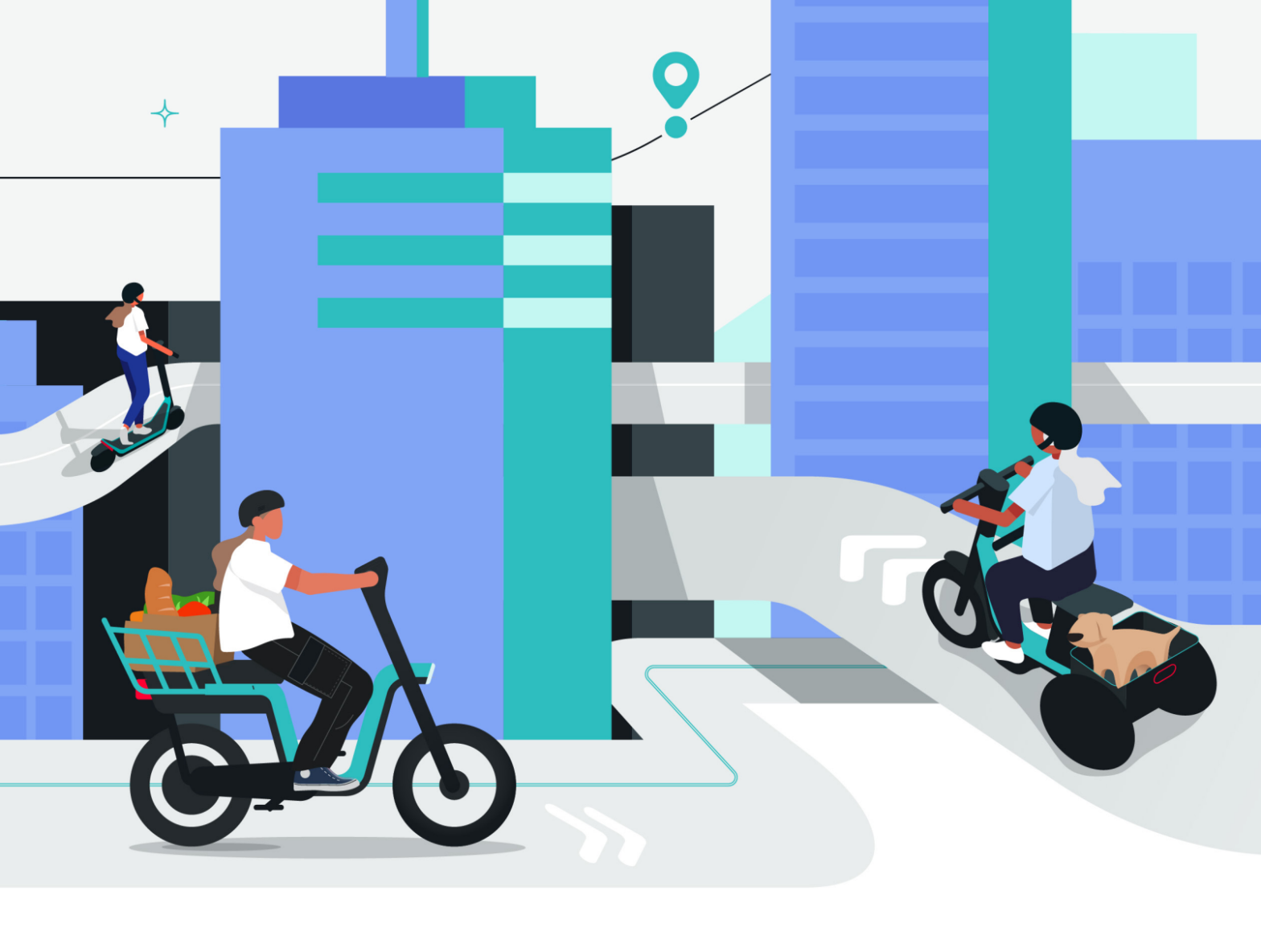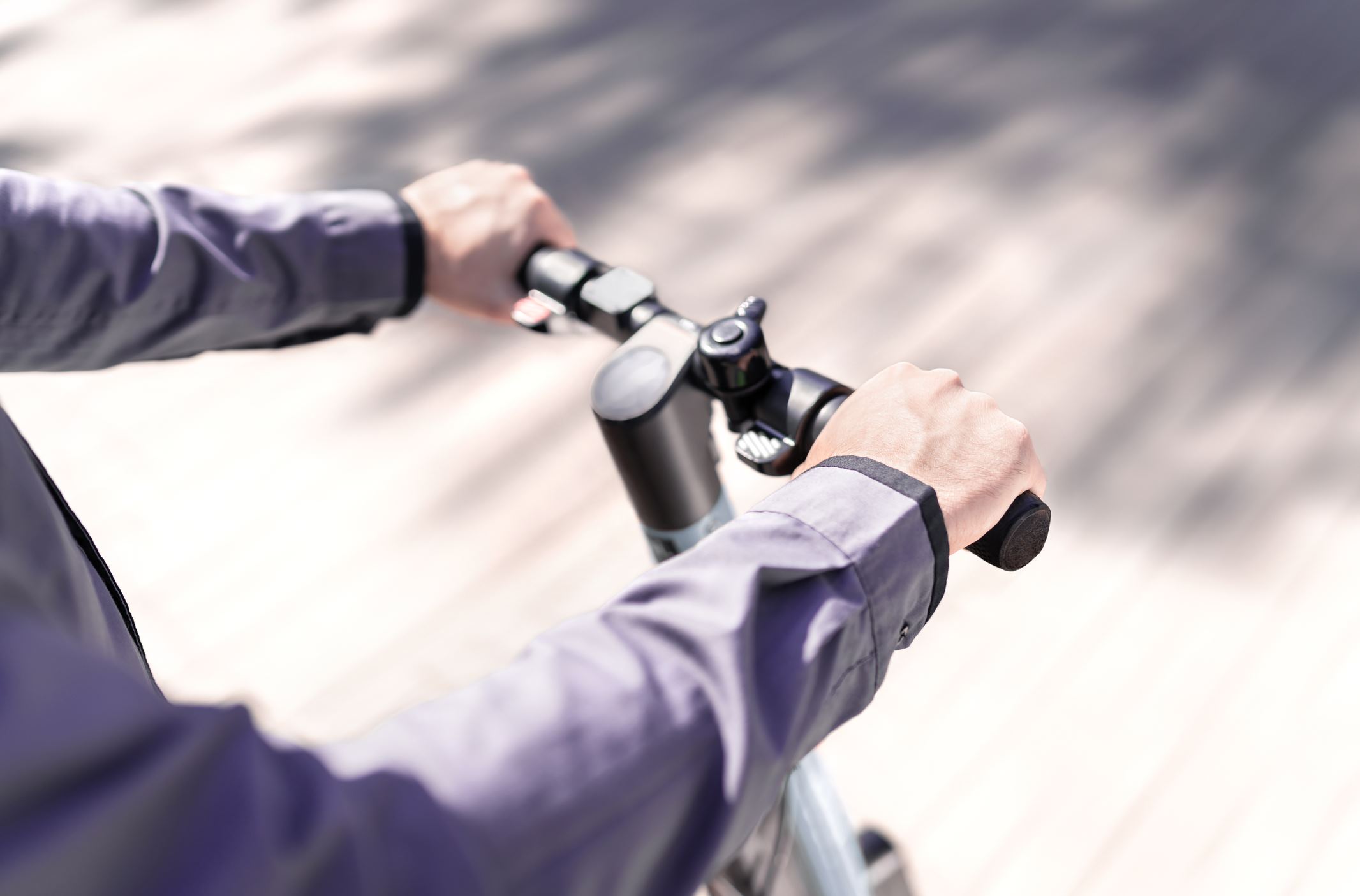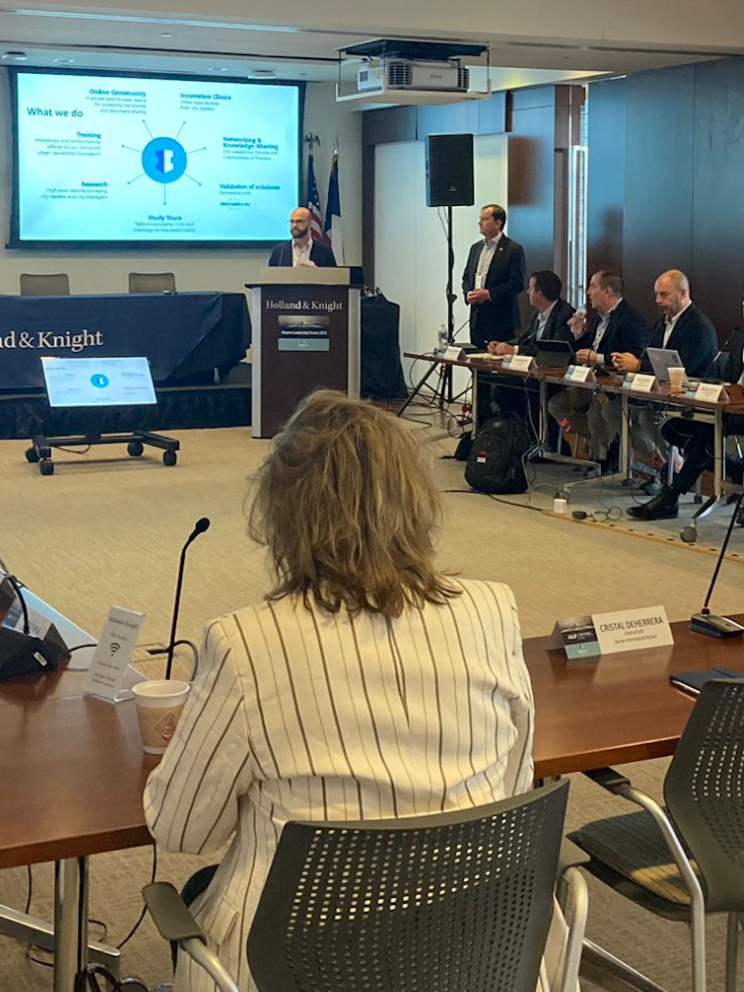
Veo calls time on short-term micromobility pilots
16 September 2025
by William Thorpe
Micromobility is no longer a fringe option for city travel. According to Veo’s new Mode Shift Report 2025, more than a third of trips on shared e-bikes and e-scooters are replacing car journeys–evidence, the company argues, that these services are now a critical part of urban transport systems rather than a pilot-stage experiment.
Alex Keating, Vice President of Policy & Partnerships at Veo, told Cities Today that the pace of mode shift depends as much on political will as on technology.

“If city leaders treat scooters and bikes as serious transportation, the rest follows–dedicated infrastructure, long-term planning, and stable funding,” he said.
Infrastructure and investment
The report highlights infrastructure as the single greatest factor in accelerating mode shift. Riders are most likely to leave cars behind when protected, connected networks of bike lanes and crossings exist. Keating noted that quick wins can be delivered with low-cost tools such as paint, posts, and kerb management, while cities plan longer-term redesigns of intersections and corridors.
Funding, he argued, must be tied more directly to micromobility itself and operator fees should flow directly into bike projects instead of general funds. States have an opportunity to dedicate a greater share of transport budgets to active modes, while at the local level measures such as congestion pricing and paid parking could be reinvested into protected lanes, organised parking, and safer crossings.
Equity and affordability
Another barrier identified in the report is affordability. Case studies from Washington DC and Oakland show that incentives linking pricing to public goals can help ensure that micromobility reaches lower-income communities. Both cities offered subsidies and discounts, demonstrating that creative approaches can empower more people to choose shared bikes and scooters over cars.
“A key takeaway from our report is that affordability is one of the biggest barriers to micromobility use–and that cities can do something about it,” Keating said.
Vehicle diversity and accessibility
Expanding vehicle choice is also critical. Veo’s data show that families, older adults, and people with disabilities often cannot rely on traditional standing scooters. The company has introduced seated scooters and is testing cargo and adaptive vehicles designed specifically for stability and inclusivity.
“Cities need the expertise to tell the difference between a seat bolted onto a scooter and a vehicle engineered for accessibility,” Keating cautioned, adding that requirements for vehicle diversity should be backed by community testing and tracking whether new models expand ridership.
Regional coordination and stability
The report also warns against fragmented governance. Riders should be able to cross city borders without hitting a digital barrier. Regional models in Connecticut and the Bay Area are cited as examples of multi-city procurement that streamline operations and make services seamless.
Finally, Keating urged an end to short-term pilots. “The era of one-year pilots should be over,” he said. Multi-year agreements with clear standards on equity, parking, and safety give operators the confidence to invest in fleets and staff while showing residents that micromobility is part of the long-term plan.
By framing shared bikes and scooters as essential infrastructure, Veo argues, cities can unlock the safety, congestion, and economic benefits already demonstrated in early adopters.
Image: Veo









